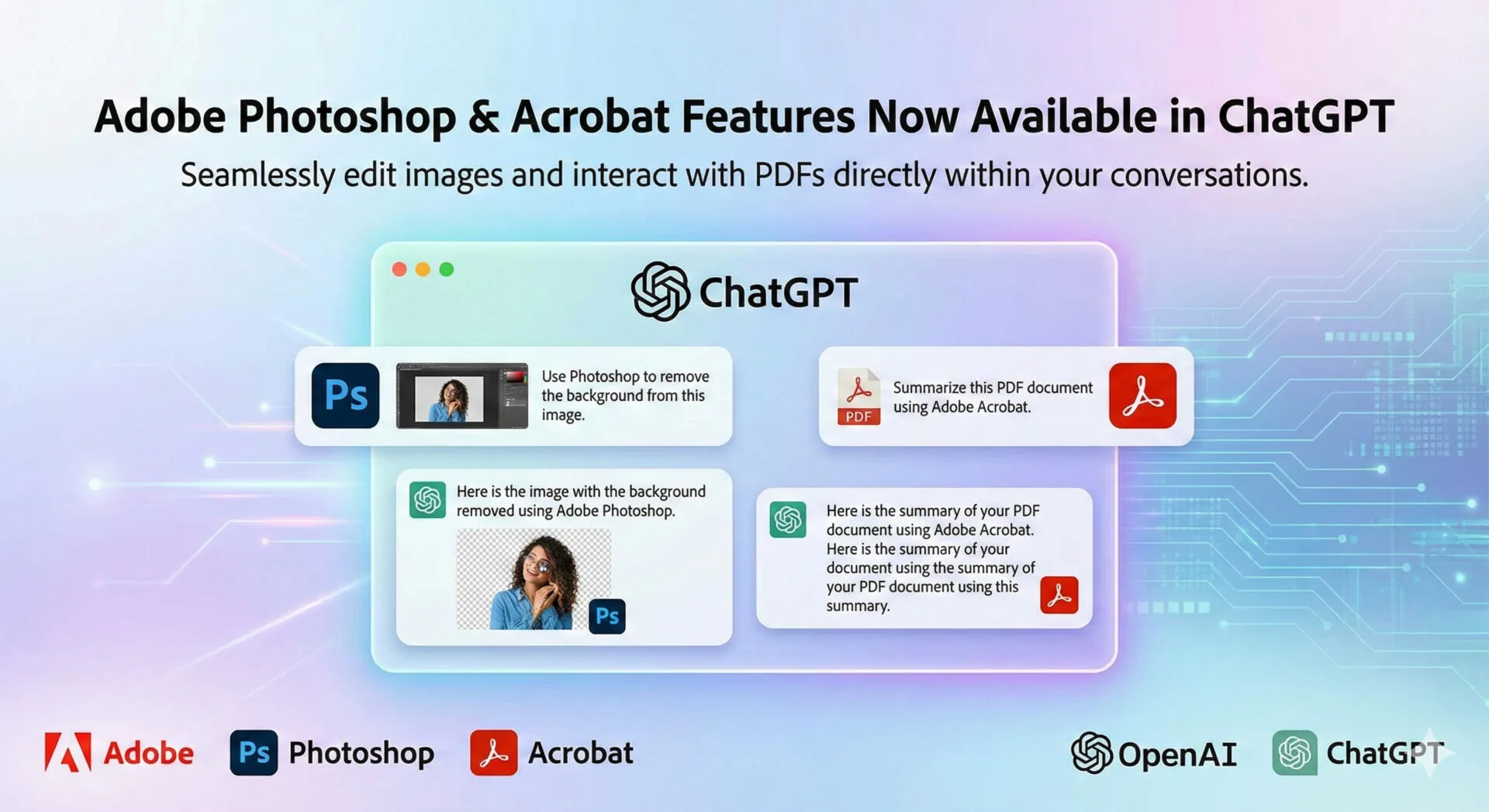Is your pricing strategy leaving money on the table?
You’re browsing an online store. You see a product you really like. But the price is fixed. You hesitate. Is it worth it? Could you afford it? You move on. But what if that price wasn’t set in stone? What if you could name your own price? Sounds risky. Exciting. Maybe even a little scary.
This is the world of open pricing. And yes, it’s gaining traction fast among online store owners. Open pricing gives customers a choice. It builds trust. And it can increase sales—sometimes way more than you expect.
But here’s the thing. Open pricing doesn’t work by itself. You need the right tools. You need plugins. Plugins that let you guide, suggest, and protect your prices. And more importantly, plugins that make the process simple—for you and your customers.
Let’s take a look at some top WooCommerce open pricing plugins that do exactly that.
1. WooCommerce Pay What You Want
This plugin is a classic. Simple. Powerful. Flexible. It lets customers set their own price. Minimums, maximums, suggested amounts—all included.
Features:
- Customers can suggest their own price.
- Admin can set minimum and maximum limits.
- Suggested price can guide buyers.
- Labels and error messages are fully customizable.
- Works with simple, variable, and grouped products.
It’s beginner-friendly. Easy to set up. No complex configurations. Whether you’re selling digital downloads, taking donations, or running special promos, this plugin gives you freedom.
Imagine a customer sees a suggested price of $25. They type in $30. They feel good. You make extra. Everyone wins. That’s the power of letting people choose.
2. YITH WooCommerce Name Your Price
YITH is a name people trust in WooCommerce. Their plugin is flexible and full of options. It lets customers choose their price. And yes, it can allow them to pay zero if you want—great for freemium offers or trials.
Features:
- Let customers enter their own price.
- Admin can define min and max prices.
- Display a suggested price.
- Works with product bundles and quick view popups.
YITH’s plugin is highly customizable. It integrates seamlessly with other YITH plugins. You can run a full open pricing strategy while still controlling your margins. And the customer experience is smooth.
Think about it: A shopper chooses their price, feels in control, and leaves happy. That happiness translates to trust. And trust translates to loyalty.
3. Product Open Pricing by WP Hive
WP Hive’s plugin is simple. Clean. No fluff. Just pure open pricing.
Features:
- Customers name their own price.
- Admin sets suggested, min, and max prices.
- Custom labels and error messages.
- Responsive and easy to use.
Sometimes, simplicity is key. You don’t need a dozen settings—just the essentials. WP Hive’s plugin gives you that. Perfect for small stores or beginners who want to test open pricing.
Picture this: You sell a digital course. Suggested price $50. A few people pay $70. Others $40. You learn exactly what your market is willing to spend. Priceless data.
4. Easy Pricing Options by ThemeIsle
ThemeIsle’s plugin takes a slightly different approach. Instead of letting customers type any price, you offer options. Flexible, but guided.
Features:
- Predefined pricing options.
- Set min and max prices.
- Customize labels and error messages.
- Works with subscriptions.
It’s great if you want some flexibility without full open pricing. Your customers pick from options, which reduces errors or confusion.
Example: You sell membership plans—Option A: $10, Option B: $20, Option C: $30. Customers feel free, but you still control margins.
5. WooCommerce Name Your Price by WooCommerce
The official plugin. Simple. Solid. Fully supported. If you’re serious about open pricing, this is a reliable choice.
Features:
- Customers can type their own price.
- Set a minimum price.
- Suggested price display.
- Works with simple and variable products.
Official plugins come with peace of mind. Compatibility guaranteed. Support ready. Setup is easy. You get all the open pricing benefits without headaches.
Benefits of Open Pricing
Open pricing isn’t just a gimmick. It changes the way people shop. Let’s break it down:
- Increased Customer Engagement: Customers feel empowered. Like you’re saying, “We trust you.” That sense of control makes shopping personal. They explore more, stay longer, and return. You’re not just selling a product—you’re creating an experience.
- Better Market Understanding: See what people actually think your product is worth. Tracking payments gives insight. Adjust your strategy, tweak promotions, or launch new products. Open pricing provides real market data—no guesswork.
- Potential for Higher Sales: Customers don’t always pay the minimum. Some pay more than a fixed price. Why? They feel it’s fair. Or they want to support your brand. Suggested prices guide without forcing. This can boost revenue unexpectedly.
- Flexibility: Markets shift. Budgets fluctuate. Open pricing lets you adapt. Test new products, limited editions, or special promotions. Tweak minimums or suggested amounts. Flexibility makes your business resilient.
Tips for Implementing Open Pricing
Open pricing is powerful—but only if done smartly. Here’s how:
- Set a Suggested Price: Don’t leave shoppers guessing. A recommended price acts as a nudge. “Suggested: $20” often results in payments near that amount. It’s subtle but effective.
- Define Price Ranges: Minimums protect profits. Maximums avoid misuse. Safety nets for you, freedom for customers.
- Communicate Clearly: Short notes work best. “Pay what you feel is fair. Suggested price helps guide you.” Clear instructions reduce hesitation and confusion.
- Monitor and Analyze: Track payments. Which products perform best? Are people paying above or below the suggested amounts? Adjust prices, tweak strategy, and optimize.
- Experiment Slowly: Start with a few products. Observe behavior. Expand once you understand patterns.
- Engage Customers Emotionally: Add a story or short note about your product. “Your payment helps us craft more handmade items.” Emotional connection encourages generosity.
Common Mistakes to Avoid
- Too Broad a Price Range: Confuses customers. Limits work better.
- No Suggested Price: Customers often pay the lowest amount without guidance.
- Applying Open Pricing Everywhere: Works best for digital, limited editions, or donations. Not every product benefits.
- Poor Instructions: Always make it clear how it works.
- Ignoring Validation: Prevent negative or invalid prices using plugin settings.
Conclusion
Open pricing isn’t just a feature. It’s a mindset shift. You’re letting customers decide value. They feel trusted. Heard. In control. That feeling drives purchases. Loyalty. Repeat visits. Word-of-mouth.
But caution: not every product is a fit. Analyze your audience, margins, and product type. Start small. Test. Track. Adjust. Minimums and maximums aren’t limits—they’re safety nets.
Choosing the right plugin makes everything easier. Good plugins handle suggestions, validation, and limits. You focus on selling. Customers concentrate on picking.
Done right, open pricing can boost sales, loyalty, and market insights. You get engagement. Flexibility. Revenue growth. The kind of insights fixed pricing can’t give.
So, are you ready? Let your customers choose. Watch what happens. The possibilities? Bigger than a fixed price could ever deliver.







Leave a Reply